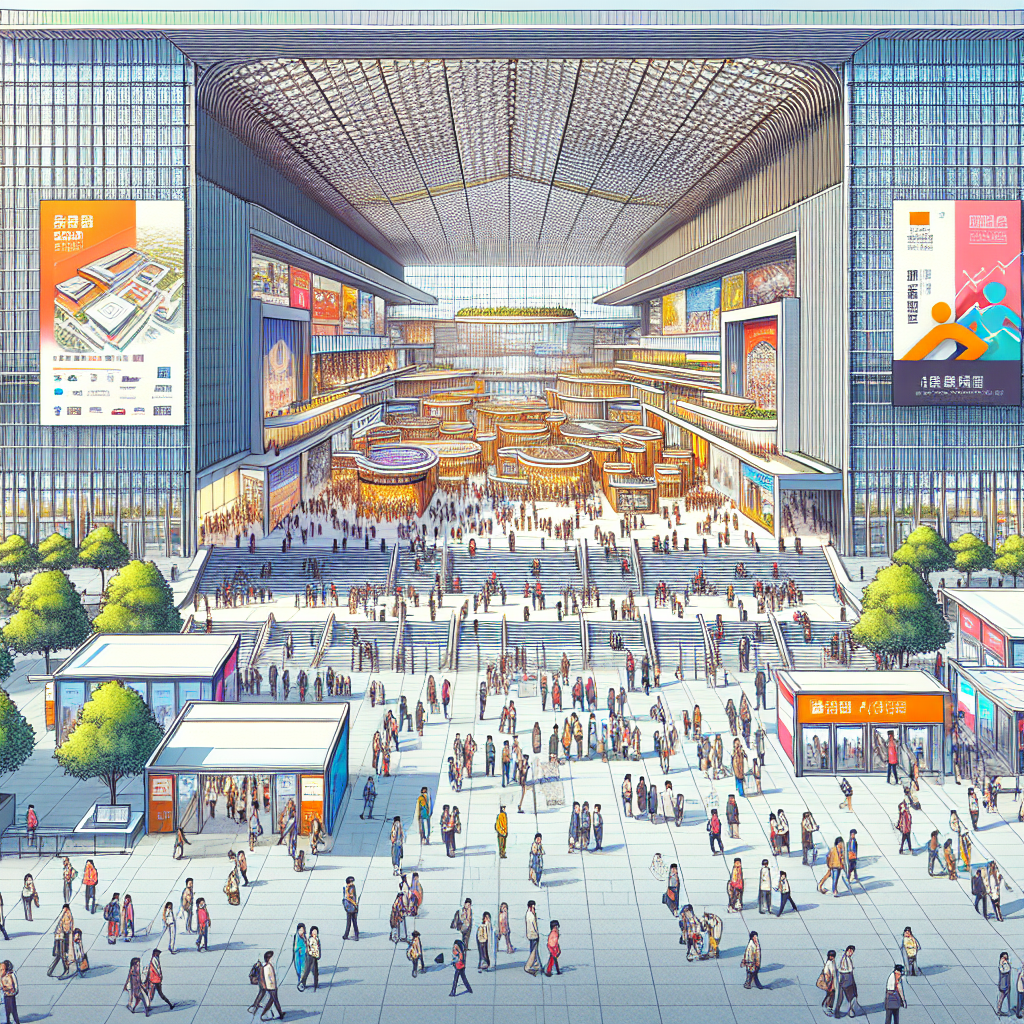Artistic Diplomacy: The Invisible Strings Behind Bangkok's Exhibition
China accused a Thai exhibition of misrepresenting its policies on Tibet, Xinjiang, and Hong Kong, leading to the alteration or removal of artworks. The exhibition addressed themes of authoritarian governments and included pieces from artists in exile. The Chinese foreign ministry denied interference, stressing cultural exchanges shouldn't mask political manipulation.

- Country:
- China
China on Monday issued a sharp rebuke towards the organizers of a Thai exhibition, accusing them of misrepresenting Beijing's policies regarding Tibet, Xinjiang, and Hong Kong.
Following allegations from the exhibition's co-curator about artworks being altered or removed under Beijing's direction, this revelation has spotlighted China's tightrope walk between diplomatic influence and artistic freedom in Southeast Asia. The event, held at the prestigious Bangkok Arts and Cultural Centre, reportedly altered pieces touching on China's treatment of ethnic minorities upon the behest of the Chinese embassy.
In response to inquiries, the foreign ministry neither confirmed nor denied the embassy's involvement. Furthermore, China condemned any entity using cultural exchanges as a foothold for political maneuvering.
(With inputs from agencies.)
- READ MORE ON:
- China
- Thailand
- exhibition
- Tibet
- Xinjiang
- Hong Kong
- art
- censorship
- diplomacy
- Southeast Asia
ALSO READ
Hong Kong Stocks Rise as Tech Shares Boost Global Markets
India Mines Rare Earths in Myanmar Amidst Geopolitical Chess
India's Quest for Rare Earths in Myanmar: A Strategic Shift
South Korean Workers Detained in U.S. Immigration Raid Set for Departure
US-India Relations: A Renewed Partnership on the Horizon










